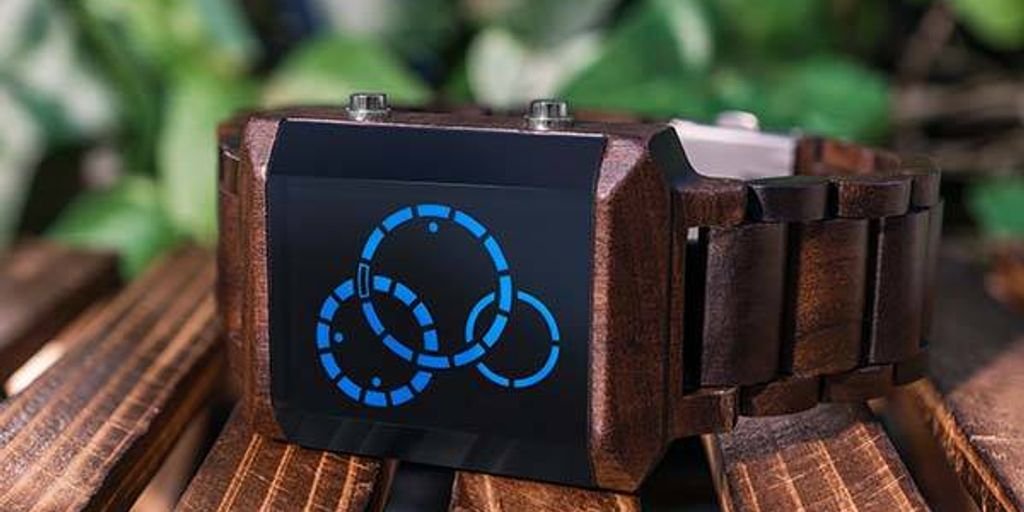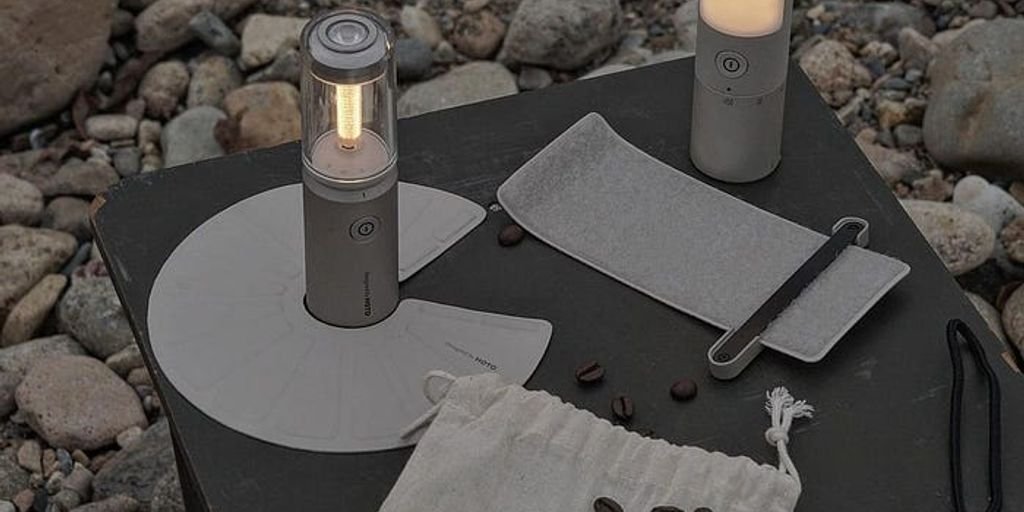In today’s world, outdoor living spaces are not just about aesthetics; they are about creating sustainable, functional, and harmonious environments. This article delves into the latest trend of sustainable outdoor living, exploring how innovative materials, multifunctional designs, and eco-friendly practices are shaping the way we experience our outdoor spaces. Emphasizing sustainability, this trend reflects a growing desire among homeowners to reduce their environmental impact while enhancing their connection with nature.
Key Takeaways
- Eco-friendly materials like recycled plastics and natural stone are becoming staples in outdoor design, promoting sustainability.
- Design trends are leaning towards multifunctional spaces that serve various purposes, from relaxation to social gatherings, optimizing the use of outdoor areas.
- Sustainable landscaping is gaining popularity, with techniques that conserve water and integrate edible gardens, fostering a self-sufficient lifestyle.
- Advancements in outdoor furniture focus on durability and eco-friendly manufacturing, ensuring that beauty does not compromise sustainability.
- Innovative lighting solutions, such as solar power and automated systems, are enhancing energy efficiency and aesthetic appeal in outdoor spaces.
The Rise of Eco-Friendly Materials in Outdoor Living
Recycled and Natural Materials
The use of recycled and natural materials is a cornerstone in the development of sustainable outdoor living spaces. These materials not only minimize environmental impact but also enhance the aesthetic appeal of outdoor areas. Commonly used materials include recycled plastics, reclaimed wood, and natural stone, which contribute to a more sustainable environment.
Energy-Efficient Solutions
Incorporating energy-efficient solutions is crucial for sustainable outdoor living. This includes the use of solar panels, energy-efficient appliances, and LED lighting. Such technologies help reduce the overall energy consumption and carbon footprint of outdoor spaces.
Sustainable Product Innovation
The focus on sustainable product innovation has led to the development of new materials that are both eco-friendly and durable. Products such as composite decking materials made from recycled plastics and wood fibers are becoming increasingly popular. These innovations not only provide long-lasting solutions but also support environmental sustainability.
Blockquote: Embracing eco-friendly materials in outdoor living not only supports the planet but also offers a long-term investment in the quality and value of outdoor spaces.
Designing Multifunctional Outdoor Spaces

Zones for Relaxation and Socializing
The trend of creating multi-functional outdoor areas is growing, with spaces that can easily transition from a relaxing lounge area during the day to an entertainment space at night. Features like modular furniture, fire pits, and outdoor heaters extend the usability of these spaces across different times and seasons.
Innovative Use of Small Areas
In smaller outdoor spaces, maximizing functionality is key. Multifunctional furniture has become a staple in these areas, allowing for a variety of activities in a compact space. This approach not only saves space but also enhances the overall utility of the area.
Integration of Technology
Another trend in multi-functional outdoor spaces is the outdoor living room. This type of space is designed to extend the home’s interior, with comfortable seating, lighting, and even a fireplace or television. Outdoor living rooms are perfect for entertaining guests or relaxing with family and friends. Other multi-functional outdoor spaces include bars, fire pits, and movie theaters, showcasing the endless possibilities for creating a functional and enjoyable outdoor space that meets specific needs.
Trends in Sustainable Landscaping

Native Plant Selection
Selecting native plants for landscaping is not only beneficial for the local ecosystem but also reduces maintenance needs and water consumption. Native plants are adapted to the local climate and soil conditions, making them more resilient and less reliant on chemical aids.
Water Conservation Techniques
Implementing water conservation techniques is crucial in sustainable landscaping. Techniques such as drip irrigation, rainwater harvesting, and the use of mulches can significantly reduce water usage. These methods help in maintaining moisture in the soil, reducing the need for frequent watering.
Incorporating Edible Gardens
Edible gardens bring sustainability right to your doorstep by allowing you to grow your own food. This practice not only reduces your carbon footprint but also ensures that you have fresh, pesticide-free produce. Edible gardens can be integrated into landscaping with both aesthetic and functional benefits.
Furniture That Fits the Sustainability Bill

Eco-Friendly Manufacturing
In the realm of outdoor furniture, the shift towards eco-friendly manufacturing processes is pivotal. Utilizing materials like recycled plastics, bamboo, and reclaimed wood not only minimizes environmental impact but also offers durability and aesthetic appeal. These materials are chosen for their ability to withstand the elements while maintaining their integrity over time.
Multifunctional Outdoor Furniture
The trend towards multifunctional furniture is driven by the need for versatility in outdoor spaces. Pieces that serve multiple purposes, such as storage units that double as seating or extendable tables, cater to various needs and occasions. This adaptability makes them a practical choice for those looking to maximize the utility of their outdoor areas.
Durability and Style
Outdoor furniture must strike a balance between durability and style. Advances in fabric technology have led to the development of textiles that resist fading and mildew, ensuring that pieces maintain their color and texture through different seasons. This focus on long-lasting, stylish furniture supports sustainability by reducing the need to replace items frequently.
Innovative Outdoor Lighting Solutions

Solar Power Utilization
The adoption of solar power in outdoor lighting is a significant trend, offering both environmental benefits and cost savings. Solar-powered lights reduce reliance on grid electricity and are easy to install, making them a popular choice for eco-conscious homeowners.
Automated Lighting Systems
Automated systems revolutionize how we manage outdoor lighting. These systems allow for programmable settings that adjust lighting based on the time of day or activity levels, enhancing both security and energy efficiency.
Aesthetic and Functional Designs
Outdoor lighting is no longer just functional but also an element of design. Modern lighting solutions blend aesthetics with functionality, incorporating stylish designs that complement the outdoor decor while providing ample illumination.
Building a Connection with Nature

Creating a deep connection with nature in outdoor living spaces is essential for a tranquil retreat from the fast-paced digital world. Incorporating living walls and vertical gardens not only enhances the aesthetic appeal but also improves air quality and biodiversity. These green installations can transform bare walls into lush, vibrant backdrops.
Natural Water Features
Natural water features like ponds or waterfalls add a soothing ambiance and attract wildlife, making the outdoor space a sanctuary for both people and nature. The sound of water is universally calming and can be a focal point in garden design.
Seamless Indoor-Outdoor Transitions
To truly blur the boundaries between indoor and outdoor living, seamless transitions are crucial. Large glass doors and consistent flooring that extends from inside to outside help achieve this integration, making the outdoor space an extension of the home.
Embracing these elements not only enhances the beauty and functionality of outdoor spaces but also promotes a sustainable lifestyle by encouraging interaction with the natural environment.
Sustainable Practices in Outdoor Design

Using Reclaimed and Recycled Elements
Incorporating reclaimed and recycled materials is not only environmentally friendly but also adds unique character to outdoor spaces. Using old bricks for pathways, reclaimed wood for decks, and recycled glass in landscaping features are practical examples of how these materials can be repurposed effectively.
Energy Conservation Strategies
Efficient use of energy is crucial in sustainable outdoor design. Strategies such as installing solar panels, using LED lighting, and optimizing natural light can significantly reduce energy consumption. This approach not only conserves energy but also minimizes the carbon footprint of outdoor living spaces.
Eco-Friendly Building Techniques
Adopting eco-friendly building techniques involves using sustainable materials and construction methods that minimize environmental impact. Techniques like green roofing, rainwater harvesting, and the use of permeable materials in paving help manage resources wisely while maintaining the aesthetics of the design.
Conclusion
In conclusion, the evolution of outdoor living spaces reflects our desire to connect with nature, embrace sustainable practices, and enhance our quality of life. Whether you’re a seasoned entertainer, a nature enthusiast, or a remote worker in need of fresh air, there’s a trend to suit every taste and lifestyle. By incorporating these hottest trends into your outdoor space, you can create a harmonious, functional, and sustainable environment that not only meets your needs but also contributes positively to the planet.
Frequently Asked Questions
What are eco-friendly materials in outdoor living?
Eco-friendly materials include recycled composite decking, natural stone, and sustainably sourced wood. These materials help reduce the environmental impact and carbon footprint of outdoor spaces.
How can outdoor spaces be designed to be multifunctional?
Outdoor spaces can be divided into zones for various purposes such as relaxation, socializing, and dining. Incorporating multifunctional furniture and technology can enhance usability and comfort.
What are some sustainable landscaping practices?
Sustainable landscaping involves using native plants, implementing water conservation techniques like drip irrigation, and incorporating edible gardens to promote local flora and reduce water usage.
What should I look for in sustainable outdoor furniture?
Look for furniture made from eco-friendly materials, designed for durability and style. Multifunctional pieces that serve more than one purpose can also enhance the sustainability of outdoor furniture.
How can outdoor lighting be made more sustainable?
Opt for solar-powered lights and automated systems that reduce energy consumption. Additionally, choosing LED lights can further enhance energy efficiency and longevity.
How can outdoor spaces foster a connection with nature?
Incorporate living walls, vertical gardens, and natural water features to blend indoor and outdoor environments seamlessly. These elements help create a peaceful, natural setting that encourages interaction with nature.


